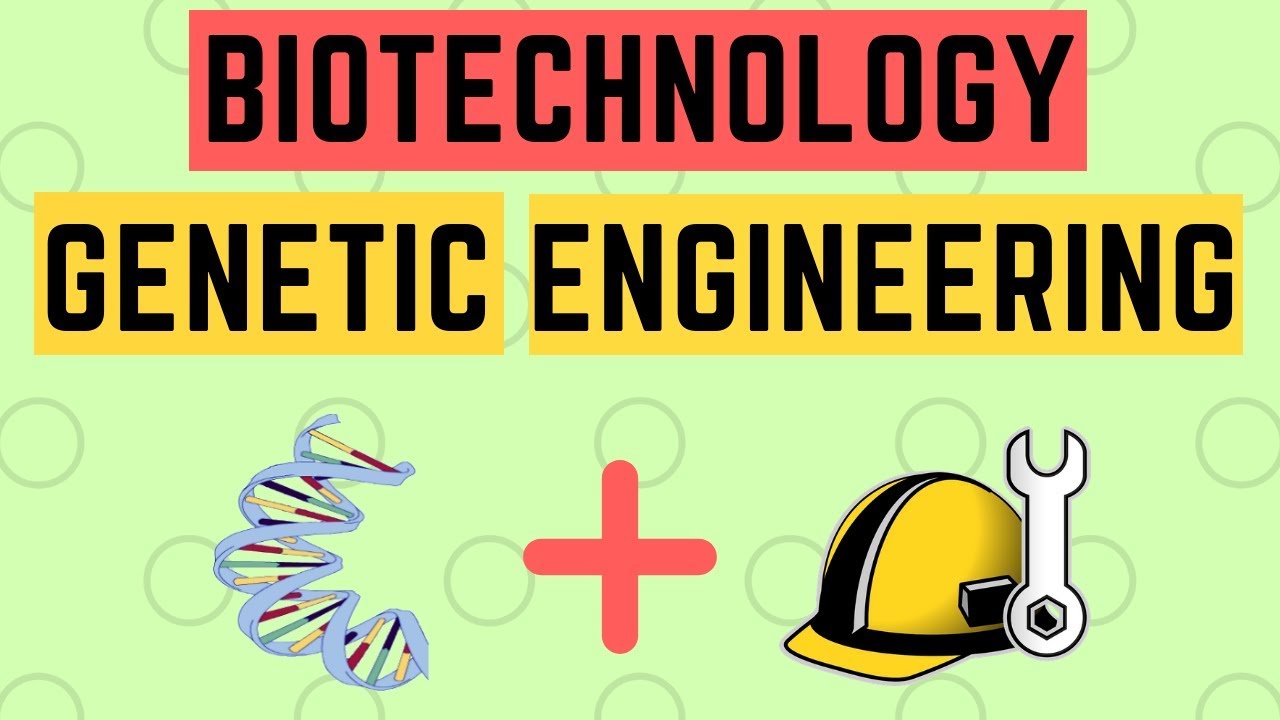Biotechnology and genetic engineering are two closely related fields of science that are rapidly advancing and changing the world around us. Biotechnology involves the use of living organisms to create products, while genetic engineering involves the modification of an organism’s DNA to achieve a desired trait or characteristic. Both fields have the potential to revolutionize healthcare, agriculture, and energy production.
Biotechnology has been around for centuries in the form of brewing beer and making cheese. In the modern era, biotechnology has advanced to include the use of microorganisms to produce medicines and vaccines, the development of genetically modified crops that are resistant to pests and disease, and the use of bioreactors to produce biofuels.
Genetic engineering, on the other hand, is a relatively new field that has only been around since the 1970s. It involves the direct manipulation of an organism’s DNA to add or remove genes, change genetic traits, or create new ones. Genetic engineering has the potential to create new therapies for genetic diseases, develop crops that are more nutritious or resistant to climate change, and produce new forms of energy.
One of the most promising applications of biotechnology and genetic engineering is in the field of healthcare. Biotechnology has already produced a wide range of medical treatments and therapies, from insulin for diabetes to monoclonal antibodies for cancer. Genetic engineering has the potential to create new treatments for genetic diseases like cystic fibrosis and sickle cell anemia.
In agriculture, biotechnology has already led to the development of genetically modified crops that are resistant to pests and disease, and that can produce higher yields with fewer resources. Genetic engineering could also be used to develop crops that are more nutritious, or that are able to grow in harsher climates, helping to address food insecurity and climate change.
Biotechnology and genetic engineering also have the potential to revolutionize energy production. Bioreactors can be used to produce biofuels from renewable sources like algae and other microorganisms, reducing our reliance on fossil fuels. Genetic engineering could also be used to create new forms of energy production, such as using bacteria to convert sunlight into electricity.
As with any new technology, biotechnology and genetic engineering also come with potential risks and concerns. There are ethical considerations surrounding the use of genetic engineering, particularly when it comes to modifying the human germline (the genetic material that is passed on to future generations). There are also concerns about the potential impact of genetically modified organisms on the environment and on other species.
Despite these concerns, the potential benefits of biotechnology and genetic engineering are too great to ignore. As we continue to learn more about these fields and develop new technologies and applications, we have the opportunity to make significant strides in healthcare, agriculture, and energy production, and to create a better, more sustainable future for ourselves and for future generations.
In conclusion, biotechnology and genetic engineering are two of the most exciting and rapidly advancing fields of science. They have the potential to revolutionize healthcare, agriculture, and energy production, and to create a better, more sustainable future. While there are potential risks and concerns associated with these fields, the potential benefits are too great to ignore, and we should continue to explore and develop new applications and technologies in these areas.



